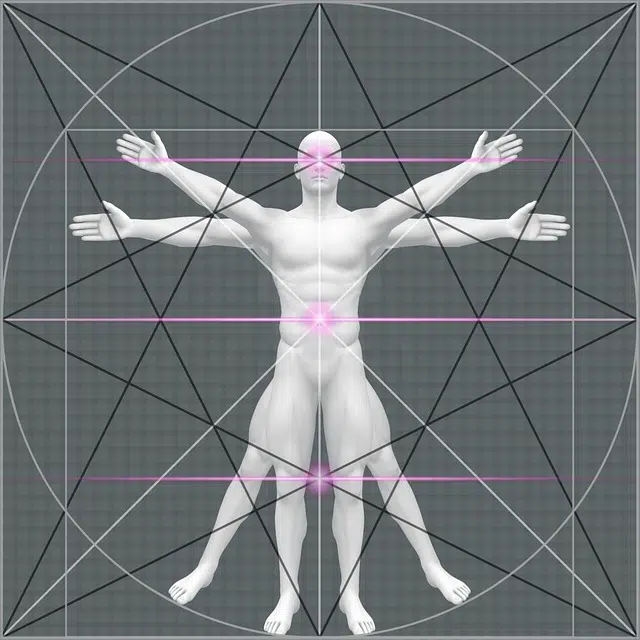
The center of mass symmetry is called the center of gravity.
The so-called center of gravity is the center of mass symmetry , where the sagittal, frontal and horizontal planes intersect. At this point , the resultant of the gravitational forces that exert their effect on a body is applied.
It should be noted that the center of gravity does not necessarily correspond to a specific point of mass of the body. If it is a cube with nothing inside, for example, its center of gravity will not belong to the body.
Center of gravity, center of mass and geometric center
The center of mass (the geometric point that acts as if it were affected by the resulting forces external to the system ) only agrees with the center of gravity if the gravitational field is uniform by the action of a vector of constant magnitude and direction.
The geometric center or centroid , on the other hand, agrees with the center of mass if the body has uniform density (and, therefore, is homogeneous) or if the proportion of matter in the system is symmetrical .
The concept in the human body
In the human body, the center of gravity is in the pelvis, anterior to the sacrum. It is worth mentioning that women have this point lower than men, since their pelvis and thighs weigh more, and their legs have a smaller extension.
The line of gravity is known as the line that crosses vertically the center of gravity, and which depends on the position of the latter. Broadly speaking, it is correct to say that if the posture is proper, this line runs through the middle cervical and middle lumbar vertebrae, as well as the front of the dorsal vertebrae.

When a person walks, their center of gravity registers vertical movements.
The center of gravity when walking
When walking normally, the center of gravity moves vertically in both directions. The point of greatest height occurs when the limb carrying the weight is in the center of its support phase; The lowest, on the other hand, takes place when the support is double, that is, when both feet are touching the ground. In an adult male, it can be said that the midpoint is approximately 5 cm. During this movement , the line that follows the center of gravity does not present drastic changes, but is soft and fluid.
When weight transfer occurs between the two legs, the pelvis and trunk deviate laterally, towards the side on which the weight of the body rests. In addition to the vertical displacement that the center of gravity suffers, it also moves from side to side and the average is again 5 cm. These lateral movements are limited by the medial support of each limb. As in the previous case, the curves are not abrupt.
Throughout the stance phase, as soon as the heel makes contact, the knee begins to flex and this continues until it reaches approximately 20 degrees.
